If you’ve ever found yourself caught in a heated debate over which search engine reigns supreme, you’re not alone. Googlelfight is a fun and engaging tool that lets you pit two search terms against each other to see which one comes out on top. It’s not just a simple game; it’s a fascinating way to explore the popularity and relevance of different keywords in today’s digital landscape.
I love using Googlelfight to settle arguments and spark conversations. Whether you’re a marketer looking to optimize your content or just someone curious about trends, this tool offers insights that can help you understand how people search online. Join me as we dive deeper into the world of Googlelfight and discover how it can enhance your understanding of search behavior.
Overview of Googlelfight
Googlelfight operates as a unique comparison tool for evaluating the popularity of two search terms. Users input their selected terms, and the tool displays comparative results, including the number of searches for each term. This functionality serves both casual users seeking to settle friendly debates and marketers aiming to gauge search trends.
Googlelfight offers visual representations, making it easy to interpret results at a glance. The data can indicate which term holds more relevance in online searches. Marketers benefit from insights that help refine SEO strategies and content development, enhancing online visibility.
Googlelfight facilitates exploration of various topics, providing comparisons across multiple niches. By examining different search terms, I can uncover user preferences and adapt my approach to content creation. This tool effectively sparks curiosity, enabling users to delve deeper into the dynamics of online search behavior.
Features of Googlelfight
Googlelfight offers an intuitive interface and essential functionalities that enhance user experience. These features provide valuable insights into search trends and user interests.
User Interface
Googlelfight presents a clean and user-friendly interface. Users input search terms in designated fields. The layout displays results clearly, with easy navigation for comparing multiple terms. Visual elements, like graphs and charts, aid in quick interpretation of data. The simple design invites users of all skill levels to explore search trends effortlessly.
Key Functionality
Googlelfight’s core functionality revolves around term comparison. Users enter two search terms to see how they stack up against each other. The tool calculates search volume from Google, displaying results in real-time. Users can view the exact number of searches for each term and interpret this data through visual graphs. Googlelfight also incorporates historical search data, allowing users to track trends over time. These features enable marketers to make informed decisions based on user behavior and adapt their content strategies accordingly.
Performance Analysis
Googlelfight’s performance merits an in-depth examination, particularly its speed, efficiency, and accuracy. These elements play a critical role in how effectively users can utilize the tool to derive insights.
Speed and Efficiency
Googlelfight operates with impressive speed, delivering results almost instantly after users input search terms. Users experience minimal loading times, which enhances the tool’s efficiency and encourages repeated use. Real-time calculations streamline the comparison process, allowing for quick decision-making. This efficiency is essential for marketers who require rapid access to data for timely strategy adjustments.
Accuracy of Results
Accuracy stands out as one of Googlelfight’s strongest features. The tool employs real-time search volume data from Google, ensuring results reflect current online behavior. Users receive precise figures that represent the number of searches for each term. Historical data also enhances accuracy, as it enables users to analyze trends over time. By relying on such accurate metrics, marketers can confidently base their decisions on actual search patterns, boosting the effectiveness of their SEO strategies.
Comparison with Similar Tools
Googlelfight excels in search term comparison, but several similar tools exist. Each one offers unique features:
- Google Trends: Tracks search interest over time, providing insights into seasonal trends. It displays popularity through geographic analysis and related queries, helping users identify rising topics and regional interests.
- Ahrefs Keywords Explorer: Focuses on in-depth keyword analysis. It reveals search volume, keyword difficulty, and click-through rates. Marketers benefit from competitive analysis and suggestions for related keywords, enhancing overall SEO strategies.
- SEMrush: Offers a comprehensive suite of SEO tools, including keyword analysis and competitor research. It provides in-depth metrics, such as organic search positions and paid search data, assisting marketers in strategic planning.
- Moz Keyword Explorer: Shows estimated monthly searches and keyword difficulty. Its focus on long-tail keywords allows users to target niches effectively. The tool supports decision-making by suggesting related keywords and potential click-through rates.
- Ubersuggest: Generates keyword ideas and content suggestions. It analyzes search volume, competition, and seasonal trends, helping create effective content strategies while focusing on keyword optimization.
Each of these tools presents distinct advantages tailored to specific needs. Googlelfight’s simplicity appeals to casual users and quick comparisons, while the others provide extensive analytics for serious marketers. By understanding their differences, I can select the most appropriate tool for my goals.
User Feedback
User feedback highlights Googlelfight’s effectiveness as a tool for comparing search term popularity. Many users appreciate its simplicity, allowing quick access to search data. Users often comment on the tool’s intuitive interface, which makes entering terms straightforward.
Users mention the visual aids like graphs and charts, praising them for aiding in data interpretation. Immediate results encourage users to engage with the tool regularly. Several testimonials indicate that marketers find real-time data beneficial for refining their strategies.
In addition, some users suggest introducing more advanced features, such as filtering options for specific demographics or regions. Suggestions also include adding a historical comparison feature, allowing users to analyze data trends over longer periods.
Overall, user experiences affirm that Googlelfight serves as a valuable resource for casual users and marketers alike, offering essential insights into search behaviors and trends.
Conclusion
Googlelfight stands out as a unique tool that simplifies the process of comparing search term popularity. Its user-friendly interface and real-time data make it accessible for everyone from casual users to serious marketers. I’ve found that the visual representations enhance understanding and make data interpretation a breeze.
The ability to quickly gauge search trends can significantly inform your content strategy and SEO efforts. While it may not offer the extensive analytics of other tools, its simplicity and speed are invaluable for anyone looking to engage in friendly debates or refine their marketing approach. I encourage you to give Googlelfight a try and discover how it can benefit your online endeavors.
Frequently Asked Questions
What is Googlelfight?
Googlelfight is a tool that allows users to compare the popularity of two search terms. It provides insights into online search behavior and trends, making it useful for casual users and marketers alike.
How does Googlelfight work?
Googlelfight operates by displaying the number of searches for the terms users input. It calculates real-time search volumes from Google and presents the data visually through graphs and charts.
Who can benefit from using Googlelfight?
Both casual users seeking to settle debates and marketers aiming to gauge search trends can benefit from Googlelfight. It helps refine SEO strategies and enhance online visibility.
What are the key features of Googlelfight?
Googlelfight features an intuitive interface, visual data representation, real-time search volume calculations, and the ability to view historical data. These tools enhance user experience and decision-making.
How does Googlelfight compare to other SEO tools?
Googlelfight is simpler and more user-friendly compared to tools like Google Trends or SEMrush, which offer in-depth analysis. Googlelfight is ideal for quick comparisons, while others focus on extensive SEO functionalities.
Is Googlelfight fast and accurate?
Yes, Googlelfight is known for its speed, delivering results almost instantly. It also uses real-time data from Google, ensuring accuracy and reflecting current online search behaviors.
What do users think of Googlelfight?
User feedback highlights Googlelfight’s simplicity and effectiveness. Many appreciate its intuitive design and visual aids. However, some suggest adding advanced features like filtering options and historical comparisons.
Can Googlelfight improve my SEO strategy?
Absolutely! By providing real-time data on search term popularity, Googlelfight can help marketers make informed decisions, refine their strategies, and ultimately enhance their online visibility.
How can I access Googlelfight?
You can access Googlelfight easily by visiting its website. Simply enter the search terms you want to compare, and the tool will display the results immediately.


